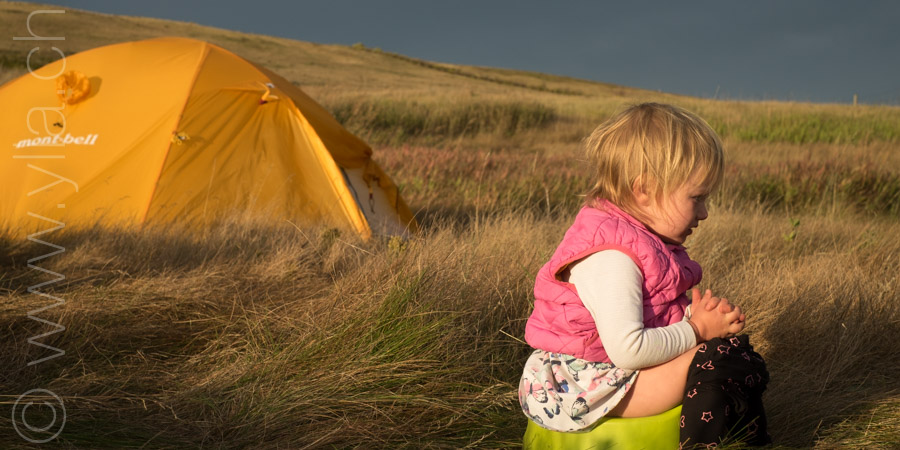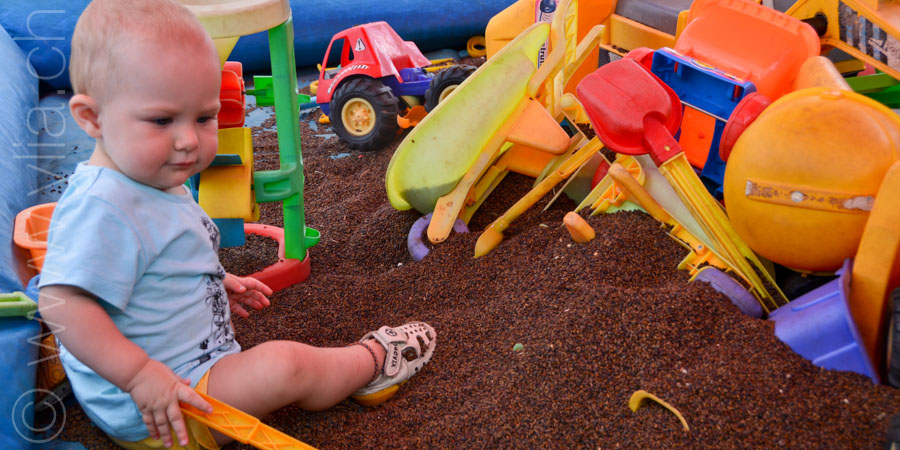
August, 2018
Reading time: 7 minutes
Natural Child Hygiene
The more we learn to listen to our daughters, the more we discover the profound wisdom of babies and children. Every day they show us how fully aware they are of their needs on all levels.
Nomads cycling on the roads of the world, our daughters were born along the way. When our first daughter Nayla was one year old, we were exploring Laos and China. Our second daughter, at the same age, was crossing the Gobi Desert in Mongolia. Totally different worlds, and yet they agree on the concept that natural child hygiene.
Immersed in Lao customs and traditions, Nayla has taken on the habits of the Lao children and now she is suddenly entering the Chinese world. She had enjoyed eating the sticky rice, walking around with a rice ball in her hand, just like the children of the country. She greeted the adults with her hand and responded to the sabaidee with a big smile. Like them, she ate with her fingers and walked barefoot. Like them, she played with the red earth on the ground and her cheeks were sometimes marked with her fingers. In Laos, children were the joy of the small villages, in large numbers they made the communities shiver with their dynamism. They all greeted us with enthusiastic sabaidee. They played around the houses, always outside. They were carried with scarves by the mother, the father or grandparents. Yet the babies were incredibly calm, peaceful, observant, and willing to stay wherever they were dropped off. In Laos, children as young as 3 or 4 years old went to do their laundry at the village fountain, they fetched drinking water in buckets, they took care of their cadets, busy helping with family welfare. There, the children often have their buttocks out in the open, or in fine fabrics. The ambient heat makes it possible to dry them quickly, so that nappies are virtually absent, especially in the mountain villages we pass through.
In China, the sabaidee has disappeared and simple objects, the toys found in nature, have given way to the industry of plastic gadgets, mostly colourful, with lights and noise. In the city, children are all shaved before their first year. They don't play in the dirt, they don't sit on the ground, they don't crawl on all fours, because the ground is considered dirty, especially for the Hans community. The sandboxes are replaced by red plastic seed in a container. Yet in Laos, as in China, children are cradled rigorously and patted vigorously to help them fall asleep.
In China, the population supports natural child hygiene, so children all wear trousers with holes in the crotch so that they can eliminate at any time, on the street, in shops, at home.
In Mongolia, children play with everything in and around the yurt. They have one or two toys, otherwise they take a stick, their father's lasso, sometimes the axe used to chop wood. They spend a lot of time with the sheep and goats, horses or camels, and the dog. Nomadic families live in yurts without running water. Winters are extreme, harsh and austere. They wash diapers with the water that they have melted from blocks of ice taken from the frozen rivers. From birth, they take children and massage them above the knees so that they learn to eliminate in pots or buckets. All the women present, sisters, mothers, mothers-in-law, join together to take the baby regularly and see if he or she needs to eliminate. When women cannot be present, a diaper made from camel excrement is an excellent alternative. Yet before a year, nomadic babies are toilet trained.



